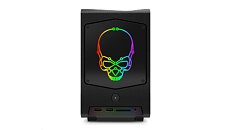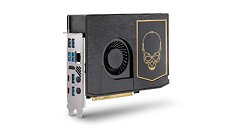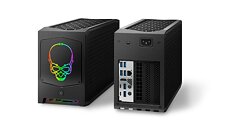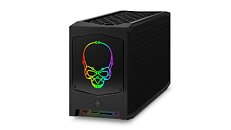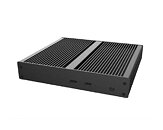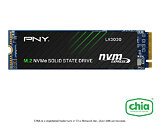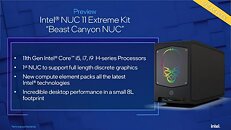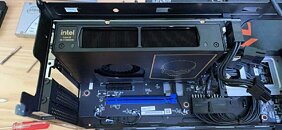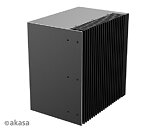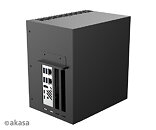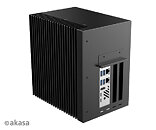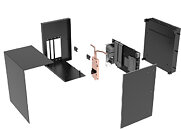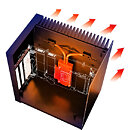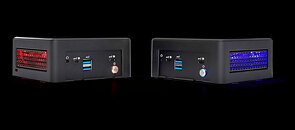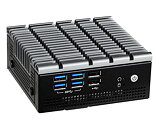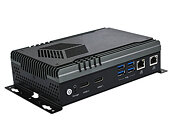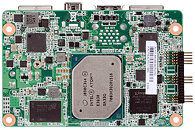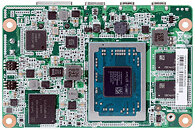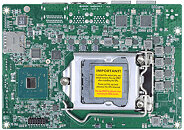
Intel Intros NUC 12 Pro "Wall Street Canyon" Compact Commercial Desktops
Intel late-Tuesday (16/08) announced the NUC 12 Pro "Wall Street Canyon" line of compact desktops as enclosed prebuilt mini PCs, and bare motherboards. These are based on the 12th Gen Core "Alder Lake-P" (2P+8E) mobile processors paired typically with up to 16 GB of dual-channel DDR4 memory, up to 512 GB of M.2 NVMe Gen 4 SSD storage, an additional Gen 4 M.2 slot, and come with preinstalled Windows 11. Certain variants feature a slightly larger chassis with room for a 2.5-inch SATA 6 Gbps drive. Select SKUs come with Thunderbolt 4 ports, 20 Gbps USB 3.2x2 ports, 2.5 GbE, and Wi-Fi 6E networking. and certain SKUs even offer vPro management features for commercial environments.A video-presentation by SimplyNUC follows.








































